Description
Grandparentage DNA Test – Legal helps determine the biological relationship between a child and the alleged paternal grandparents when the father is unavailable. This test compares the child’s DNA with one or both grandparents to assess the likelihood of a biological relationship. It’s ideal for:
- Confirming paternity through the father’s parents
- Situations where the alleged father is incarcerated, deceased, or unavailable
- Legal purposes like custody, inheritance, or immigration
- Medical, Social Security, or Military benefits
The test results are legally admissible and can be used in court. For personal knowledge without legal use, consider the Informational Grandparentage Test, which is not valid for legal purposes.
How is this test performed?
DNA is collected from the child and one or both alleged grandparents using a painless cheek swab. The DNA is then analyzed in a certified lab to determine the probability of a biological relationship.
Why might I have this test done?
This test is used to establish paternity indirectly when the alleged father is unavailable. It’s accepted in legal matters, especially when inheritance rights, custody, or benefits are in question.
How are the results reported?
The results show a percentage likelihood that the tested individuals are biological grandparents of the child. A high probability supports a biological relationship, while a low probability suggests otherwise.
Other relevant tests:
- Paternity Test
- Avuncular Test (Aunt/Uncle)
- Sibling DNA Test

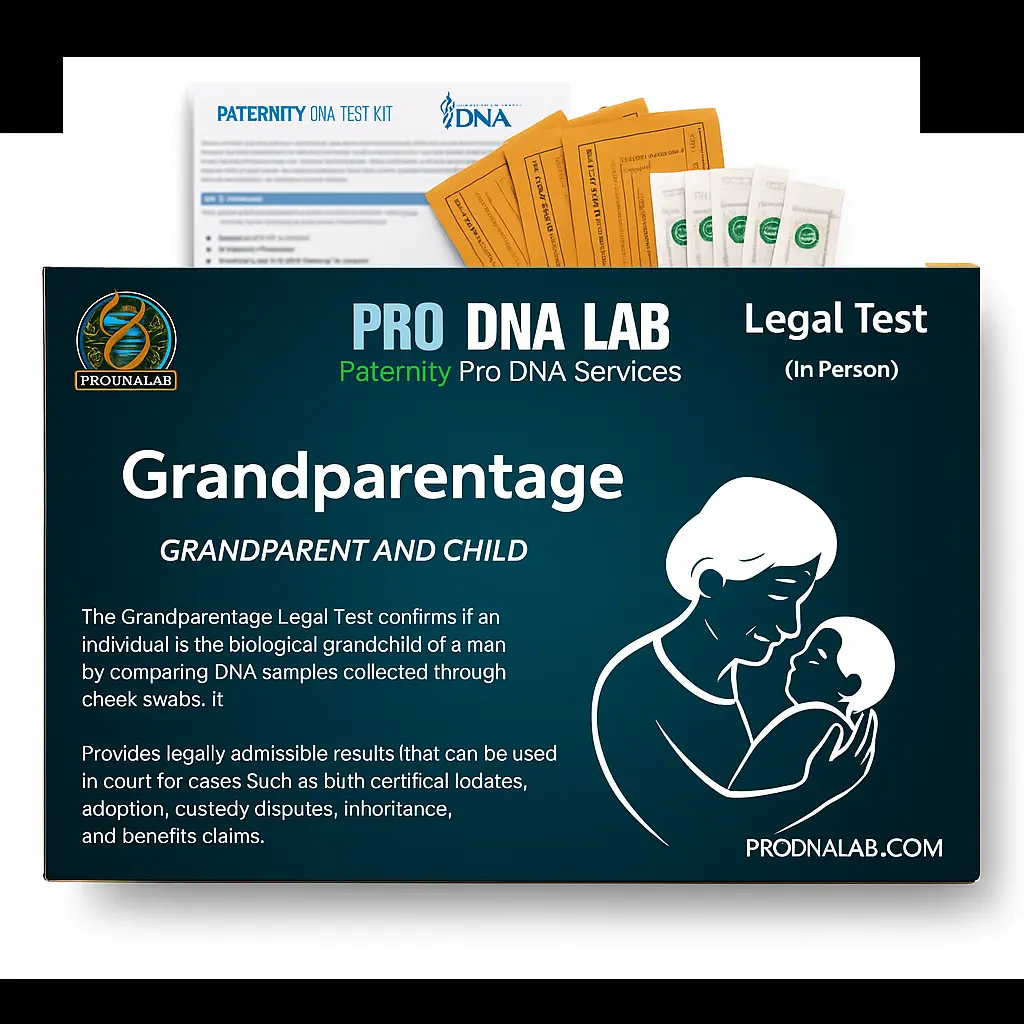
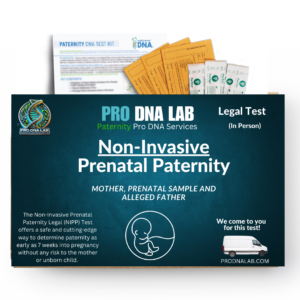


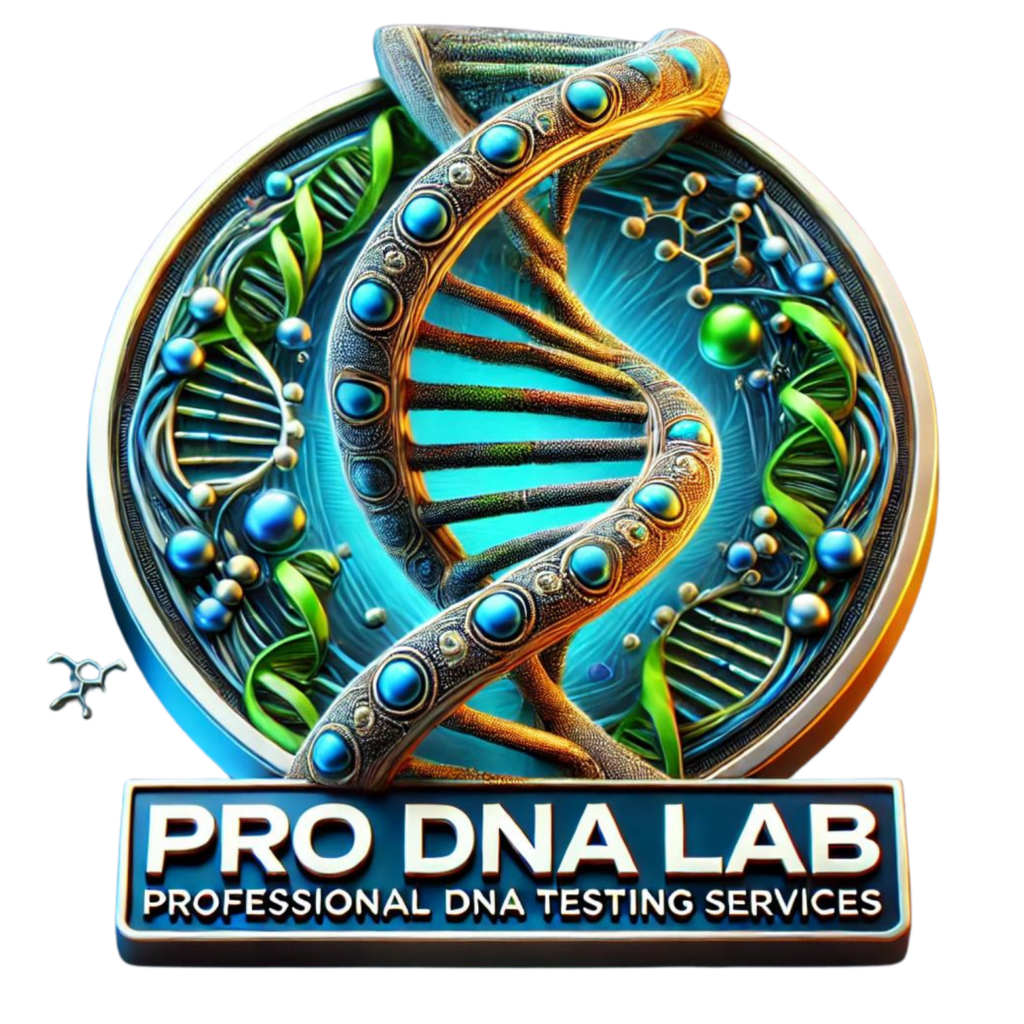

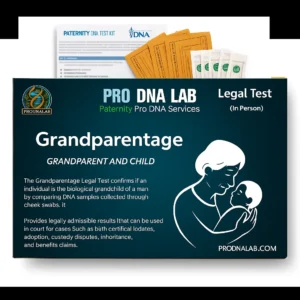
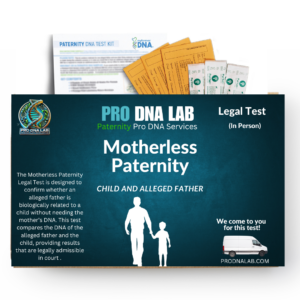
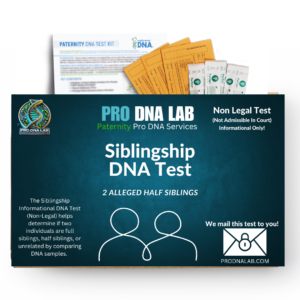
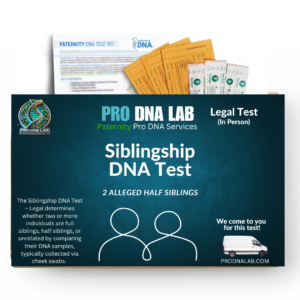
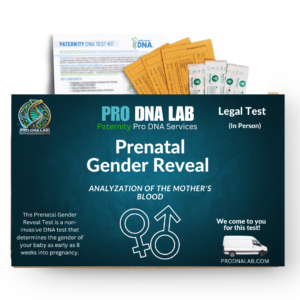
Reviews
There are no reviews yet.